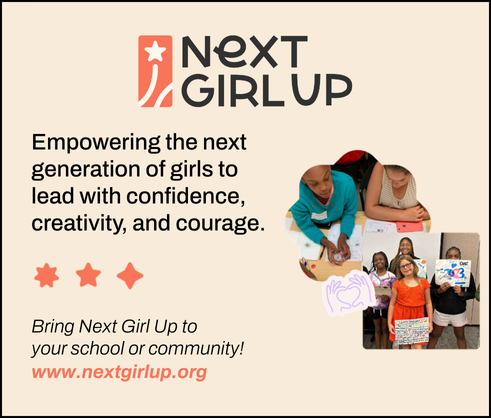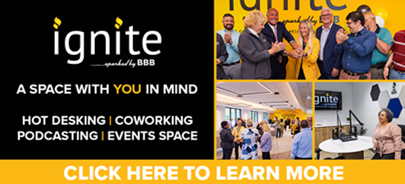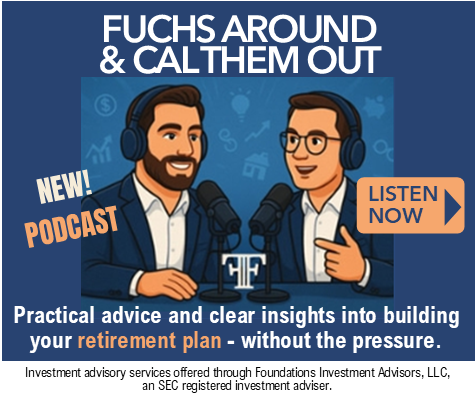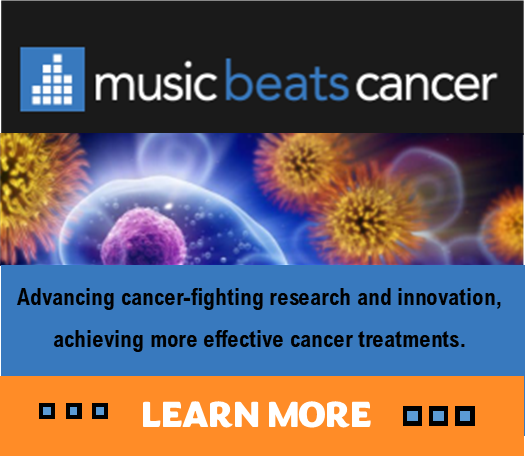PERSPECTIVE: Challenging Times, Leaders Needed
/by Dr. Johnnetta Betsch Cole I do not think I have to convince you that we are living in very challenging times.
But in case you ask me for evidence that all is far from peaceful and just in our communities, our nation, and our world—let me recall with you that on August 12 in Charlottesville, Virginia, white supremacists wore the symbols and shouted out words associated with the Ku Klux Klan and Nazis. And day after day, we hear from more than one leader in the world expressions and actions of bigotry and hatred for people of color, for women, for people of Jewish and Islamic faiths, for individuals of LGBTQ communities, for differently abled individuals, for immigrants, and yes, for women, men and children who are poor.
Surely you agree with me when I say that in communities across our nation and our world, there is a crying need for peace, justice, and equality for all people. It is because of the state of our nation and our world that we turn to you, the graduates of this very special college, to say that you can be and you must be the leaders we desperately need.
So what is required of you to be the leaders we have been waiting for? First, you must be of service to others. Listen to these words of Dr. Martin Luther King:
“Everybody can be great because anybody can serve. You don’t have to have a college degree to serve. You don’t have to make your subject and your verb agree to serve. You don’t have to know about Plato and Aristotle to serve. You don’t have to know Einstein’s theory of relativity to serve. You don’t have to know the second theory of thermodynamics in physics to serve. You only need a heart full of grace. A soul generated by love.”
This idea of being a servant leader was taught to me by my parents, my minister, and my community leaders as I grew up in the segregated South. They repeatedly said to me, “Doing for others is just the rent you’ve got to pay for your room on earth.”
The much-admired African American educator, Dr. Mary McLeod Bethune, who founded Bethune- Cookman College that is now a university, would often say, “Go on and climb to the top. But remember, you must lift others as you climb.”
Elie Wiesel, the great humanitarian who as a boy was put in a concentration camp because he was Jewish, once said this, “Our lives do not belong to us alone. Our lives belong to those who need us the most.”
There are so many ways to be of service, such as volunteering in a soup kitchen, a center for the victims of domestic violence, or an after-school program. Beyond the moral and ethical reasons to volunteer, there are some very practical reasons. Studies have shown that people who volunteer have less stress, greater satisfaction, as well as improved problem-solving and networking skills. And yes, students who volunteer do better in school.
A second requirement if you are to fulfill the promise of being effective leaders in today’s highly technological and diverse world is this: You must not only understand and respect your own culture; you need to have knowledge of and respect for people who are different from you. Indeed as technology transforms our world into a global village, a leader must respect the diversity of humankind and think and act in an inclusive way.
To acquire the skills and sensibilities to function in today’s world, you must be able to work and interact with people who do not have the same skin color and hair texture as you do, who do not speak as you do, worship as you do, move about physically as you do, and partner as you do.
There is an incredibly rewarding bonus in store for those who manage to do this. And that is you will come to more fully understand and respect yourselves. As we anthropologists say, “It’s scarcely the fish who discovers water.” Indeed by learning about others, we better understand ourselves.
Here is a third requirement if you are to fully embrace your potential to be the leaders we desperately need: You must believe that a positive change is possible and that you have a responsibility to help to make it happen. There are so many ways that, as young and not-so-young people, you can help to change our world. Indeed, we are witnessing a time in our county when young folks are at the forefront of the call for positive change on a number of issues.
One of my heroes, Marian Wright Edelman, the president of the Children’s Defense Fund, has said this: “If you don’t like the way the world is, you change it, you have an obligation to change it. You just do it one step at a time.” There is an African saying that speaks to the power of one person to make a difference. It says: “If you believe one creature cannot make a difference, you have never spent a night in a closed room with a mosquito.”
Let me bring closure to my remarks by telling you a story.
One day, while walking on a beach, an old man encountered a young girl picking up starfish and throwing them back into the ocean. The old man asked, “Why are you throwing starfish into the ocean?” The girl replied, “The sun is up and the tide is going out, and if I don’t throw the starfish into the ocean, they will die.” “But young girl, don’t you realize that there are miles and miles of beach and starfish all along it? What you are doing can’t really matter.” The young girl listened politely to the old man, but then as she bent down, picked up another starfish, and threw it into the ocean, she said, “It mattered to that one.”
The girl was indeed a leader. This young hero honored her responsibility to be of service to others—including starfish! She understood and respected diversity, including biodiversity. And this young girl was committed to being an agent for positive change, even when that meant saving a few starfish along a beach.
I believe that each of you can and must be the leaders we need—for you can be of service to others, you can respect human diversity, and you can be agents for positive change. So go on dear graduates and be the leaders we have been waiting for!
___________________
Dr. Johnnetta Betsch Cole, former president of Spelman College and Bennett College, and former director of the National Museum of African Art, delivered this Commencement Address at Trinity College in Hartford on May 19, 2018. In honor of her broad civic involvement in various worthwhile causes, Cole has received 64 honorary degrees and numerous awards, including the TransAfrica Forum Global Public Service Award; the Radcliffe Medal; the Eleanor Roosevelt Val-Kill Medal; the Alexis de Tocqueville Award for Community Services from United Way of America; the Joseph Prize for Human Rights presented by the Anti-Defamation League; the Straight for Equality Award from Families and Friends of Gays and Lesbians (PFLAG); and the Alston-Jones International Civil and Human Rights award.


 In its 2018 Salary Guide for Accounting and Finance Professionals, Robert Half, a global staffing firm specializing in accounting and finance professionals, reports “There’s high demand for top talent in public accounting due to a severe shortage of skilled candidates…” Their “In-Demand Certifications” list puts “CPA” at the top.
In its 2018 Salary Guide for Accounting and Finance Professionals, Robert Half, a global staffing firm specializing in accounting and finance professionals, reports “There’s high demand for top talent in public accounting due to a severe shortage of skilled candidates…” Their “In-Demand Certifications” list puts “CPA” at the top.
 Why is this so important?
Why is this so important?
 If college students care more than ever about getting a job after graduation, then why are they struggling to find good jobs in a relatively strong economy? The disjunction here is apparent. Many potential factors can explain this disconnect, but one that I find prevalent on my campus is that all rising seniors seem to want to work in the same select few cities.
If college students care more than ever about getting a job after graduation, then why are they struggling to find good jobs in a relatively strong economy? The disjunction here is apparent. Many potential factors can explain this disconnect, but one that I find prevalent on my campus is that all rising seniors seem to want to work in the same select few cities.
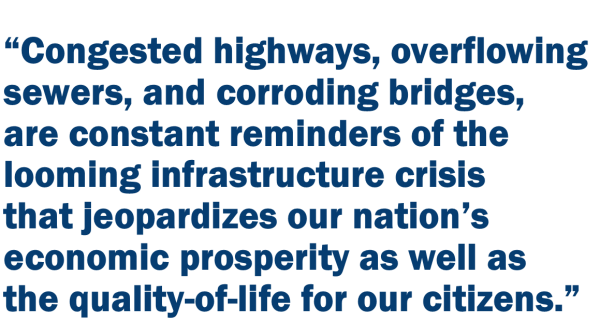 Congested highways, overflowing sewers, and corroding bridges, are constant reminders of the looming infrastructure crisis that jeopardizes our nation’s economic prosperity as well as the quality-of-life for our citizens. With new grades just published in 2017, the condition of our nation’s infrastructure has shown little to no improvement since receiving a collective grade of a C- in 1988 and with some areas even sliding toward failing grades.
Congested highways, overflowing sewers, and corroding bridges, are constant reminders of the looming infrastructure crisis that jeopardizes our nation’s economic prosperity as well as the quality-of-life for our citizens. With new grades just published in 2017, the condition of our nation’s infrastructure has shown little to no improvement since receiving a collective grade of a C- in 1988 and with some areas even sliding toward failing grades.
 e the overall economic health of each town, their business climates, and their relative affordability. Next, we came up with a score for each town—a city’s highest possible score was 5. We also considered qualitative data like access to small business resources, overall quality of life, and economic and commercial development initiatives in each town to come up with a more holistic definition of the “best.”
e the overall economic health of each town, their business climates, and their relative affordability. Next, we came up with a score for each town—a city’s highest possible score was 5. We also considered qualitative data like access to small business resources, overall quality of life, and economic and commercial development initiatives in each town to come up with a more holistic definition of the “best.” Although written testimony still will be available on the legislature’s website, the give-and-take between those testifying and committee members will be known only to the people in the hearing room. That’s unfortunate because the commentary provided by lawmakers is often used to ascertain legislative intent. Moreover, not everyone who testifies submits written copies.
Although written testimony still will be available on the legislature’s website, the give-and-take between those testifying and committee members will be known only to the people in the hearing room. That’s unfortunate because the commentary provided by lawmakers is often used to ascertain legislative intent. Moreover, not everyone who testifies submits written copies.
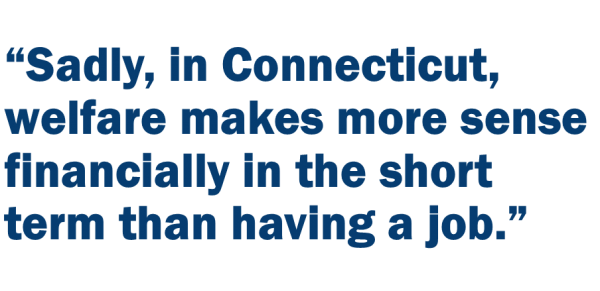
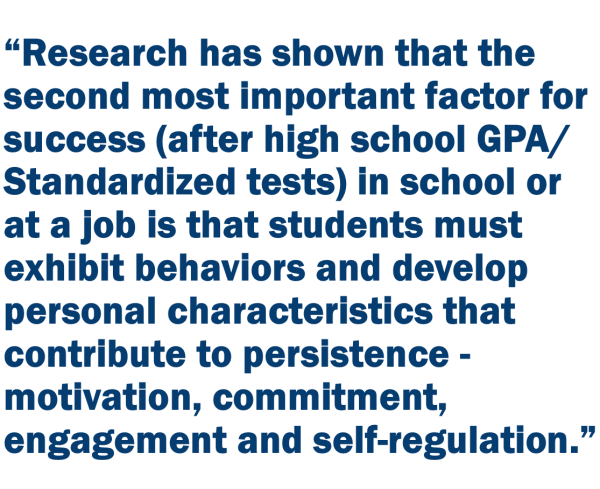

 He arranged for me to shadow a lawyer in court. I didn’t see myself practicing law. I spent time with a trader on Wall Street, actually down on the floor. Again, it wasn’t for me. This process was repeated several times. But I never made a real connection. (I think Richard began getting worried).
He arranged for me to shadow a lawyer in court. I didn’t see myself practicing law. I spent time with a trader on Wall Street, actually down on the floor. Again, it wasn’t for me. This process was repeated several times. But I never made a real connection. (I think Richard began getting worried).
 Lesson No. 6: Practice humility.
Lesson No. 6: Practice humility.
 Thus, proprietary rights face an important competing value when they would prevent the disclosure of information about which there is a legitimate and important public interest. The notion of an informed and knowledgeable electorate is one of the cornerstones of our country’s democratic tradition. To paraphrase the Connecticut Supreme Court in another context, trade secrets and confidential commercial information must give way when balanced against the publication of matters of public interest, in order to ensure the “uninhibited, robust and wide-open discussion of legitimate public issues.”
Thus, proprietary rights face an important competing value when they would prevent the disclosure of information about which there is a legitimate and important public interest. The notion of an informed and knowledgeable electorate is one of the cornerstones of our country’s democratic tradition. To paraphrase the Connecticut Supreme Court in another context, trade secrets and confidential commercial information must give way when balanced against the publication of matters of public interest, in order to ensure the “uninhibited, robust and wide-open discussion of legitimate public issues.”




